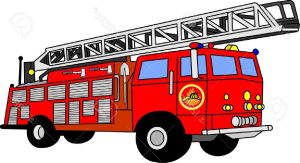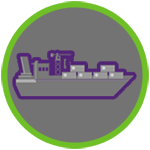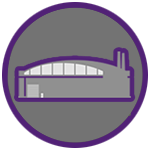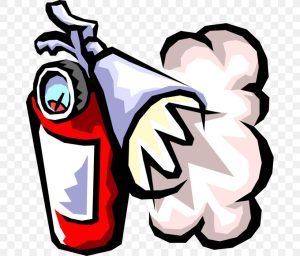 Fire Preparation and Response Tips
Fire Preparation and Response Tips
Fire hazards exist in workplaces across industry lines, carrying severe safety risks. Even with proper prevention measures in place, fires may still occur.
With this in mind, it’s vital for employees like you to be prepared for a fire on the job and know how to respond effectively. Here’s an overview of fire preparation and response best practices.
Fire Preparation
To adequately prepare for a fire in the workplace, consider these tips:
- Make sure you know what kinds of firefighting equipment are available on-site, as well as how to use such equipment.
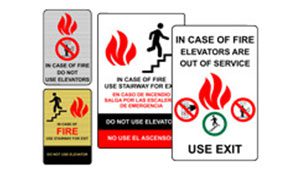
- Learn where fire extinguishers are located and what types of fires they are to be used on.
- Review the worksite’s fire evacuation protocols and safe meeting location(s).
- Participate in periodic fire drills to practice response procedures.
- Become familiar with the different types of smoke detectors, fire alarms and sprinkler systems used on-site.
- Ask your supervisor if you have any questions regarding fire preparedness.
Fire Response
In the event that a fire occurs on-site, be sure to execute these steps:
- Treat any fire alarm as a true emergency unless you are told ahead of time it is a drill. Just because you do not see smoke or flames does not mean a fire is not present.
- Evacuate the workplace immediately and encourage others to do the same. Don’t waste any time grabbing materials or possessions. Your safety is more important than any item.
- Follow documented evacuation routes whenever possible. If smoke is hindering your visibility, look for lit emergency exit signage.
- Try to evacuate the worksite before smoke fills the room you are in. However, if you are unable to do so, stay low to the ground and get out as fast—but as safely—as you can.
Contact your supervisor for more information on fire safety.
